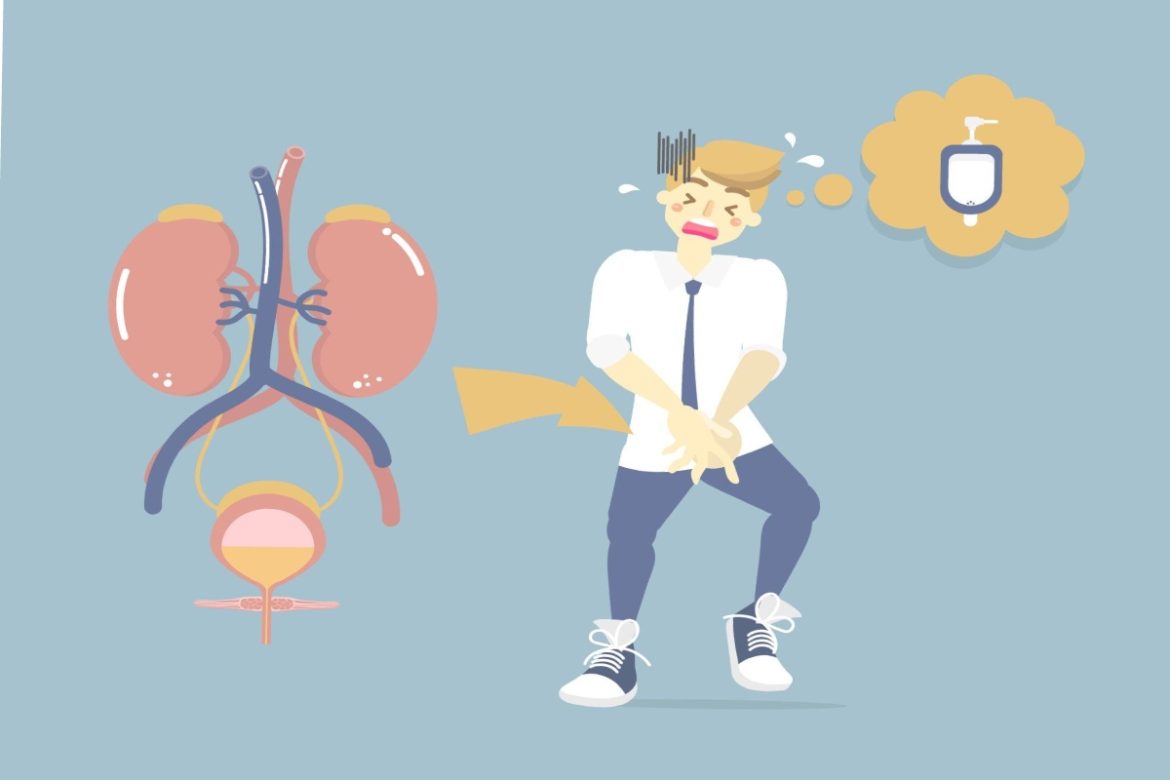Urinary tract infections (UTIs) are not just a concern for adults; they can affect children too. While these infections can be distressing, understanding the causes and seeking timely treatment can make a significant difference in a child’s health and well-being. In this comprehensive guide, we will delve into the intricacies of UTIs in children, exploring the causes behind these infections and emphasizing the importance of urology hospitals in Bangalore in diagnosis and treatment of UTI.
Unraveling UTIs in Children
The Basics of Urinary Tract Infections
A UTI occurs when bacteria enter the urinary tract, which includes the bladder, urethra, ureters, and kidneys. In children, UTIs can manifest differently than in adults, often leading to vague symptoms that may go unnoticed.
Common signs of a UTI in children include:
- Frequent urination
- Urgency to urinate
- Pain or burning during urination
- Foul-smelling urine
- Cloudy or bloody urine
- Abdominal pain
- Fever
- Bedwetting (in previously toilet-trained children)
- Understanding the Causes
1. Bacterial Entry
The most common cause of UTIs in children is the entry of bacteria into the urinary tract. This can occur through various means, such as improper wiping after a bowel movement (especially in girls), holding in urine for extended periods, or not fully emptying the bladder.
2. Anatomical Abnormalities
Some children are born with structural abnormalities in their urinary tract that can predispose them to UTIs. These anomalies may include ureteral reflux, where urine flows backward from the bladder into the kidneys, or blockages that impede the normal flow of urine.
3. Voiding Dysfunction
Children who have difficulty emptying their bladders completely or who hold in their urine for prolonged periods are at a higher risk of UTIs. Incomplete voiding allows bacteria to multiply in the urinary tract.
4. Constipation
Chronic constipation can put pressure on the bladder and prevent it from emptying properly. This can create an environment conducive to UTIs.
5. Hygiene Practices
Inadequate hygiene practices, especially among girls, can introduce bacteria into the urinary tract. Teaching children proper wiping techniques and encouraging good hygiene is essential.
6. Bubble Baths and Harsh Soaps
Certain bubble baths and harsh soaps can irritate the delicate genital area in children, making it easier for bacteria to enter the urinary tract.
The Role of Urology Hospitals
Expert Evaluation and Treatment
When a child is suspected of having a UTI, seeking care from a urology hospital in Bangalore is crucial. Here’s how urology specialists can help:
Accurate Diagnosis: Urologists employ specialized tests, including urine analysis and imaging, to diagnose UTIs and determine their underlying causes.
Tailored Treatment Plans: Based on the diagnosis, urologists develop personalized treatment plans. This may involve antibiotics to clear the infection, addressing underlying structural issues, or recommending lifestyle modifications.
Preventive Strategies: Urology specialists can provide guidance on preventing future UTIs. This may include teaching parents and children about proper hygiene, addressing constipation, and monitoring for any recurring issues.
Minimally Invasive Procedures: In cases where structural abnormalities require intervention, urologists can perform minimally invasive procedures to correct these issues, ensuring the child’s long-term urinary health.
Conclusion
Urinary tract infections in children can be challenging to identify due to their often-subtle symptoms. However, early recognition and treatment are vital to prevent complications and ensure the child’s well-being. If your child exhibits symptoms of a UTI or has a history of recurrent infections, don’t hesitate to consult with a urology hospital in Bangalore. Their expertise can make all the difference in diagnosing, treating, and preventing UTIs, allowing your child to thrive in optimal urinary health.


